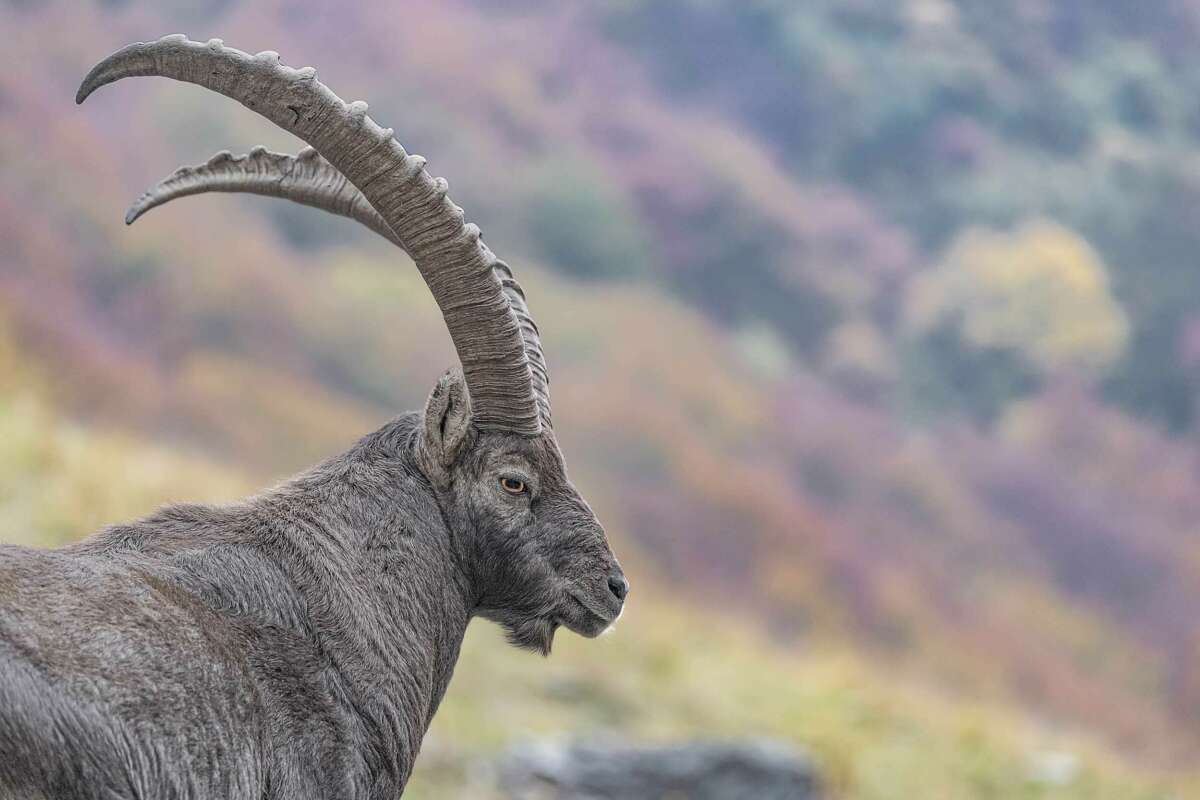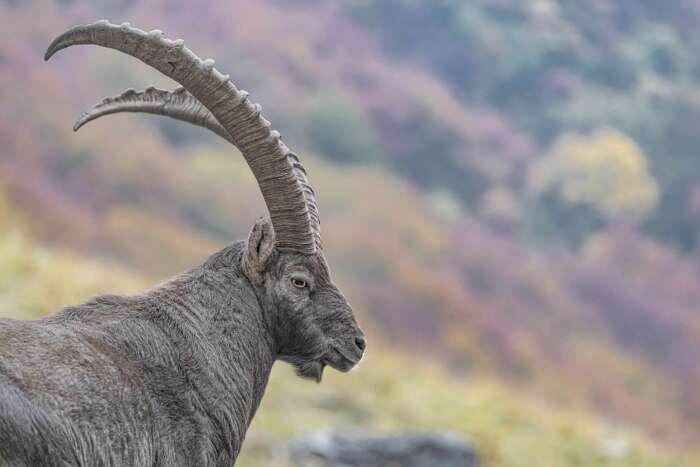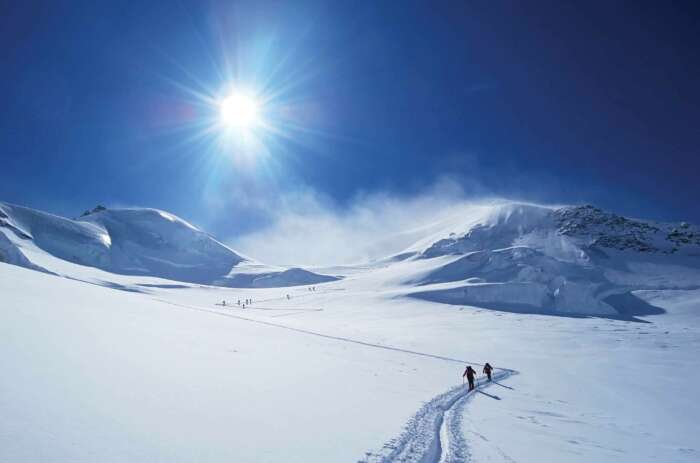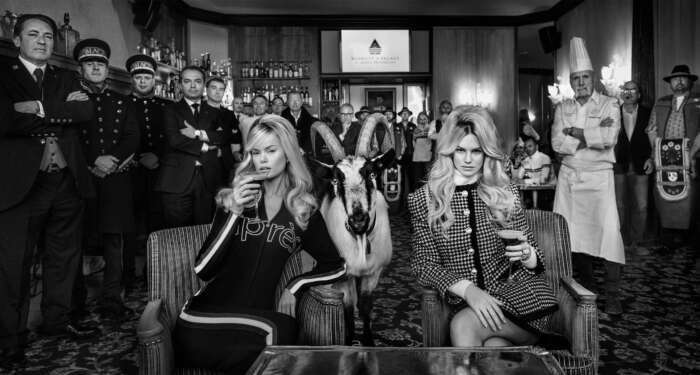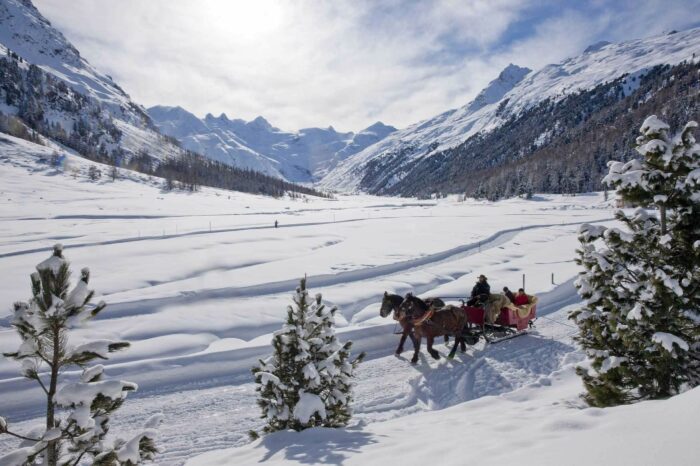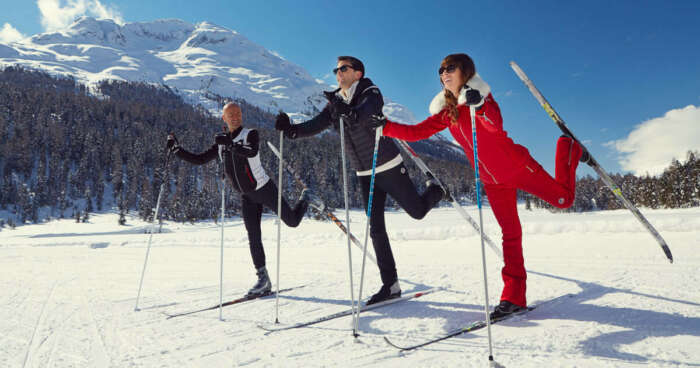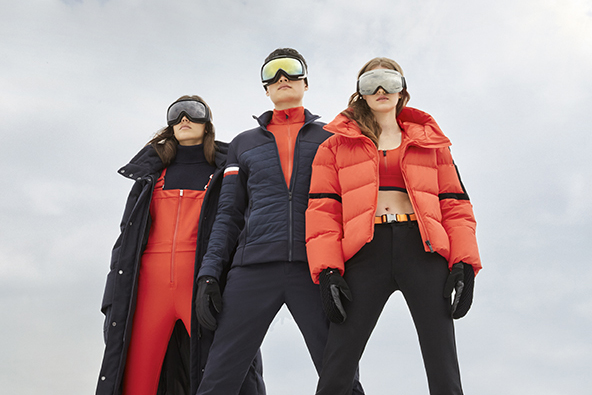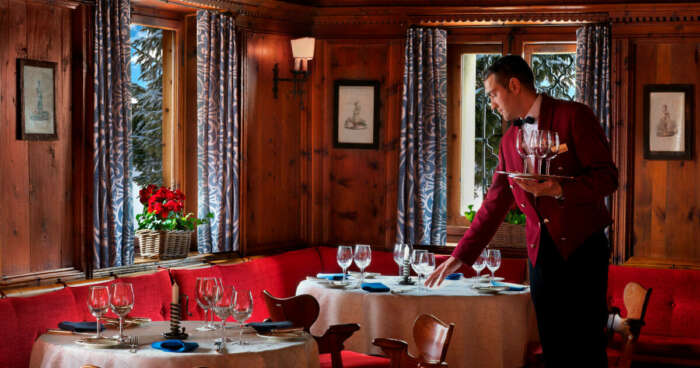Picture the valleys and peaks of the Swiss Alps and it is likely that you will envisage some of the flora and fauna that call this spectacular landscape home. The charismatic marmot or the majestic eagle may well come to mind, but the star of this scene would likely be the ibex, with its incredible agility, piercing look and awe-inspiring horns.
Often referred to as the ‘king of the mountain’, the ibex is perfectly adapted to its habitat, with a warm winter coat that moults in the summer months, and hard-edged hooves with a soft underside providing excellent grip.
The largest colony of ibex in Switzerland is found around Piz Albris, close to the village of Pontresina, with around 1,800 in the herd. Each year, visitors come to the area in the hope of spotting these remarkable animals.
Christine Salis is a Swiss hiking guide who runs ibex and marmot viewing tours, along with her husband Marco. Encounters with ibex are an everyday part of her life, yet she still finds herself enthralled each time. “What fascinates me about the ibex is its beauty, majestic nature and magnificent horns,” she says. “It’s a powerful animal – it’s amazing to watch it climbing up and down the rock face.”
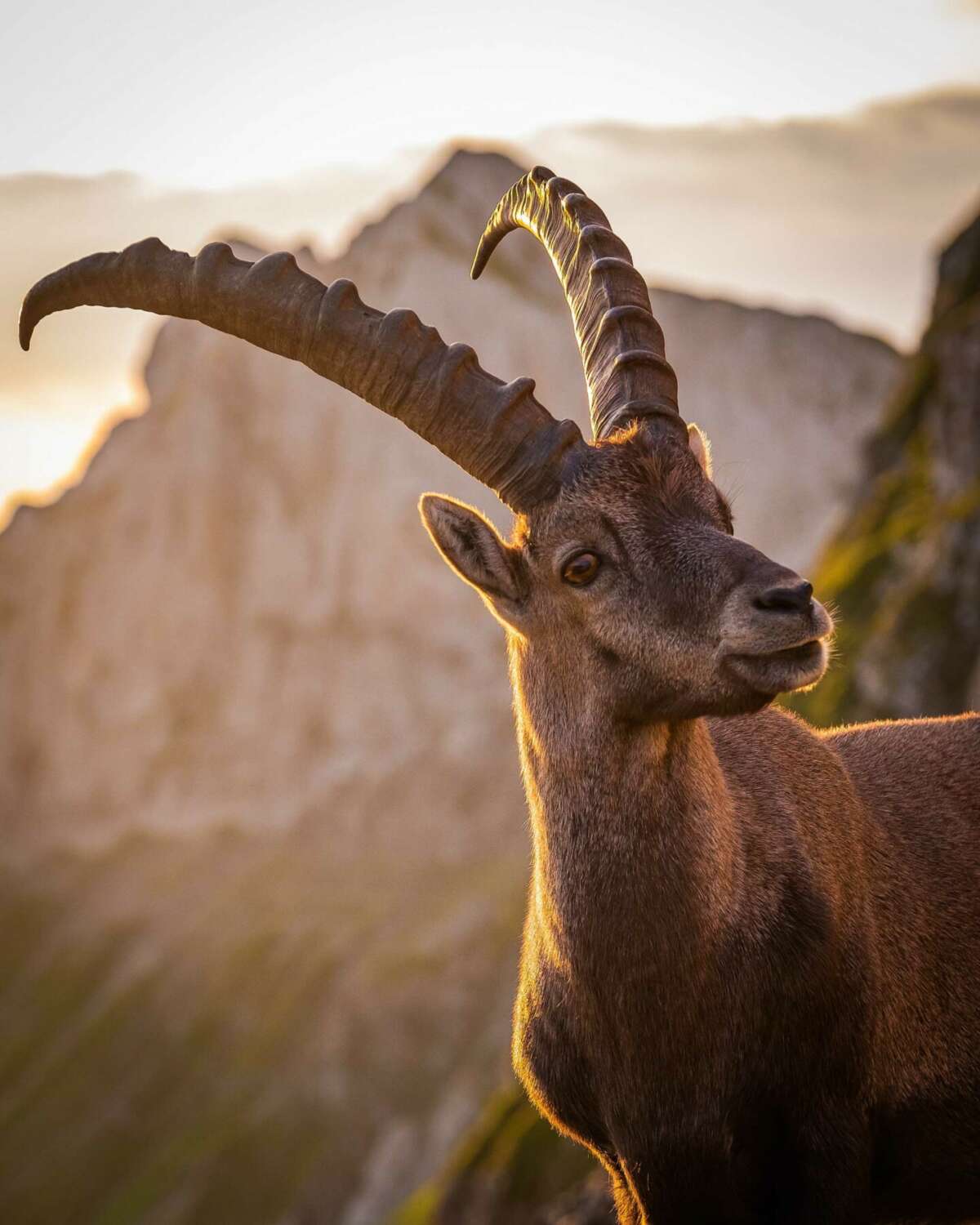
Watching the ibex chewing contentedly on grass, or scaling dizzying slopes, it is easy to imagine that they have lived here peacefully for centuries. But the truth is a little more complicated. Back in the 18th century, the ibex was prized not for its striking appearance and surefootedness, but for its horns, fur and body parts, which were used for medicine or displayed as hunting trophies. As a result, by the early 19th century, the ibex was extinct in Switzerland.
The future appeared bleak, but an hotelier called Robert Mader hatched a plan to restore the ibex to the region. He knew of a large herd roaming the Valle d’Aosta in Italy under the protection of King Vittorio Emanuele II, the so-called ‘Hunter King’. Mader made enquiries as to whether some of these animals could be transported to Switzerland, but having no luck via official channels, he turned to more nefarious methods. Making contact with a poacher from the area, he arranged for a number of young ibex to be smuggled over the border. Salis picks up the story: “In 1920, the first kids were taken to the national park, Zernez. It was not to their liking, and they escaped. But two of the does returned to Switzerland and settled at Piz Albris. The game warden who spotted them then saw to it that some bucks were brought in.” From there, the population grew rapidly, and ibex spread across the country; today, there are estimated to be around 18,000 ibex in Switzerland.
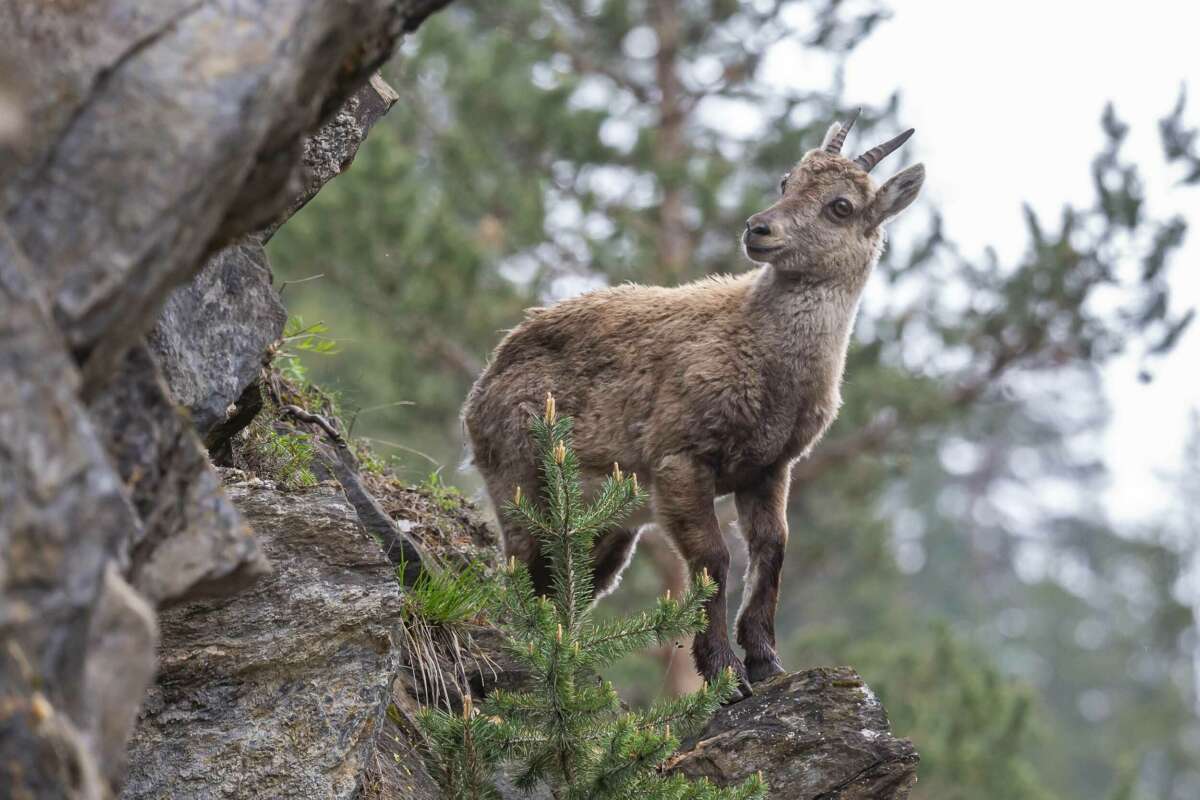
One of the most popular ibex spectacles to witness is their annual mass descent to Pontresina to feed, which takes place as soon as grass appears in the valley, around May. “You can observe and photograph the animals as close as two metres away,” says Salis. “Then, at the beginning of June you see them on the high-altitude trails: Pontresina, Alp Languard, Muottas Muragl. The further we get into summer, the higher they climb.” During particularly hot weather, ibex can become quite tricky to spot, as they will seek out rocky crevices or caves offering shade.
Whether you choose to observe ibex grazing on lower ground or you seek them out at higher altitudes, always remember to keep a respectful distance, adds Salis. “Make sure the animals can enjoy their freedom, and don’t frighten them by getting too close.”
To join an ibex viewing tour with Christine and Marco Salis, visit booking.engadin.ch/en/activities (runs mid-June to mid-October).
Did you know?
An ibex’s horns will grow throughout its life and can reach up to a metre long. A new ring is added each year, so it is possible to age an animal by counting the rings. Males can live to around 15 years on average, and females as long as 20 years.
